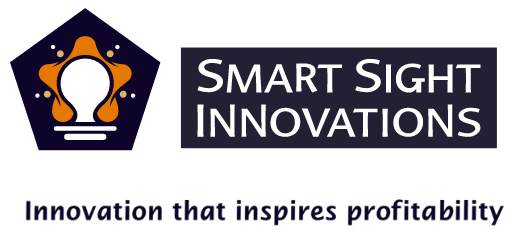 In communication and information processing, code is a statement written in a programming language by a developer or a compiler. A crucial component of development is thinking about how a code that is already developed might behave in the future and its impact. A code is considered clear when along with the original author, other developers can also understand and read it effortlessly. Writing clean codes may seem difficult in the beginning but in the long run, it helps to efficiently maintain and enhance a piece of software. Some general suggestions for writing clean codes are:
In communication and information processing, code is a statement written in a programming language by a developer or a compiler. A crucial component of development is thinking about how a code that is already developed might behave in the future and its impact. A code is considered clear when along with the original author, other developers can also understand and read it effortlessly. Writing clean codes may seem difficult in the beginning but in the long run, it helps to efficiently maintain and enhance a piece of software. Some general suggestions for writing clean codes are:
- Give the parameters, functions, classes and other code elements appropriate names.
- Develop functions that do a specific task and are brief.
- Put related information and operations into different, compact categories.
- Comment appropriately to improve readability.
- Create readable, efficient, autonomous and reproducible tests.
You can write clean codes by following a set of guidelines known as software design principles. They are a set of rules that have been successfully applied over time and any software developer can wisely utilize and adhere to these principles. Your software module will become more robust, cutting down development time and making it easier to maintain and expand. There are many guidelines, but some of the well-liked and practical design principles that you should strive to enforce in your code with every development is listed below.
- One function per module (Curly’s Law).
- You aren’t gonna need it (YAGNI).
- Keep it short and simple (KISS).
- Don’t repeat yourself (DRY).
- Improve the code from what it was originally (Boy Scout Rule).
What Is the DRY Principle?
The don’t repeat yourself (DRY) philosophy is a best practice in software development and mobile app development which advises developers to do tasks just once. The main aim of this principle is to reduce code repetition. Repetition may not always refer to a group of lines or a full line. It can also refer to a number, value or any other tiny piece of code.
Advantages of The DRY Principle
1. Maintainable
It is challenging to resolve problems that occur because of repeated codes. When you fix an issue in one instance, you tend to forget to correct the problem in subsequent instances. Additionally, you may have to edit or copy and paste wherever you have to change the reasoning. But when you use codes that are not repetitive, you only need to maintain them in one location, making it easier to modify. There is no need to make several changes for new logic and problem fixes, consequently leading to a reliable and strong software.
2. Readable
Most of the time, a code is easier to read. This is because of the extra effort the developer put into the code to make it follow certain DRY principles. As a result, you will have less structured code that is easier to follow.
3. Reusable
The most effective method to write clean codes is through reusable functions. As functions contain inputs and outputs, you can rewrite several of them into a single one by identifying their common components.
4. Cost
If you invest more time in enhancing the quality of the codes, it could be very expensive. It requires more time and effort to maintain and fix faults. Longer development times and more defects can result in customers being highly dissatisfied.
5. Testing
If the number of pathways and functions to be examined are high, the amount of code you’ll need to test it also increases. If your code is not repeated then you need only one primary path.
How To Implement This Rule Into Your Code?
- Always consider your code as a collection of smaller modules that will interact with one another.
- Try to create useful methods by focusing on reusable code.
- Your reasoning should be broken down and encrypted in a brief, straightforward code.
- While writing codes in an object-oriented manner, consider similar grouping actions.
- It is important to remember that maintainability decreases as code size decreases.
Despite all the advantages of adopting the DRY principle, some things need to be taken care of as well.
- Not every piece of code needs to be merged. They should be carefully considered as to when it needs to be combined and when to keep them independent.
- Overutilizing the DRY technique on a code may lead to difficulty in understanding it. There may be a possibility that developers may get carried away and apply the DRY principle to a code even when it is independent.
- The DRY principle is not just limited to code, it needs to be equally applied to database design, documentation, testing code, etc.
Good functions only perform one task, but they do it frequently and successfully in a variety of situations and tasks. By following the DRY concept you can reuse the existing functionality and decrease knowledge duplication. The DRY approach can be applied to any task and is not only for programming. It is among the simplest programming fundamentals to learn, comprehend and apply to daily tasks.













